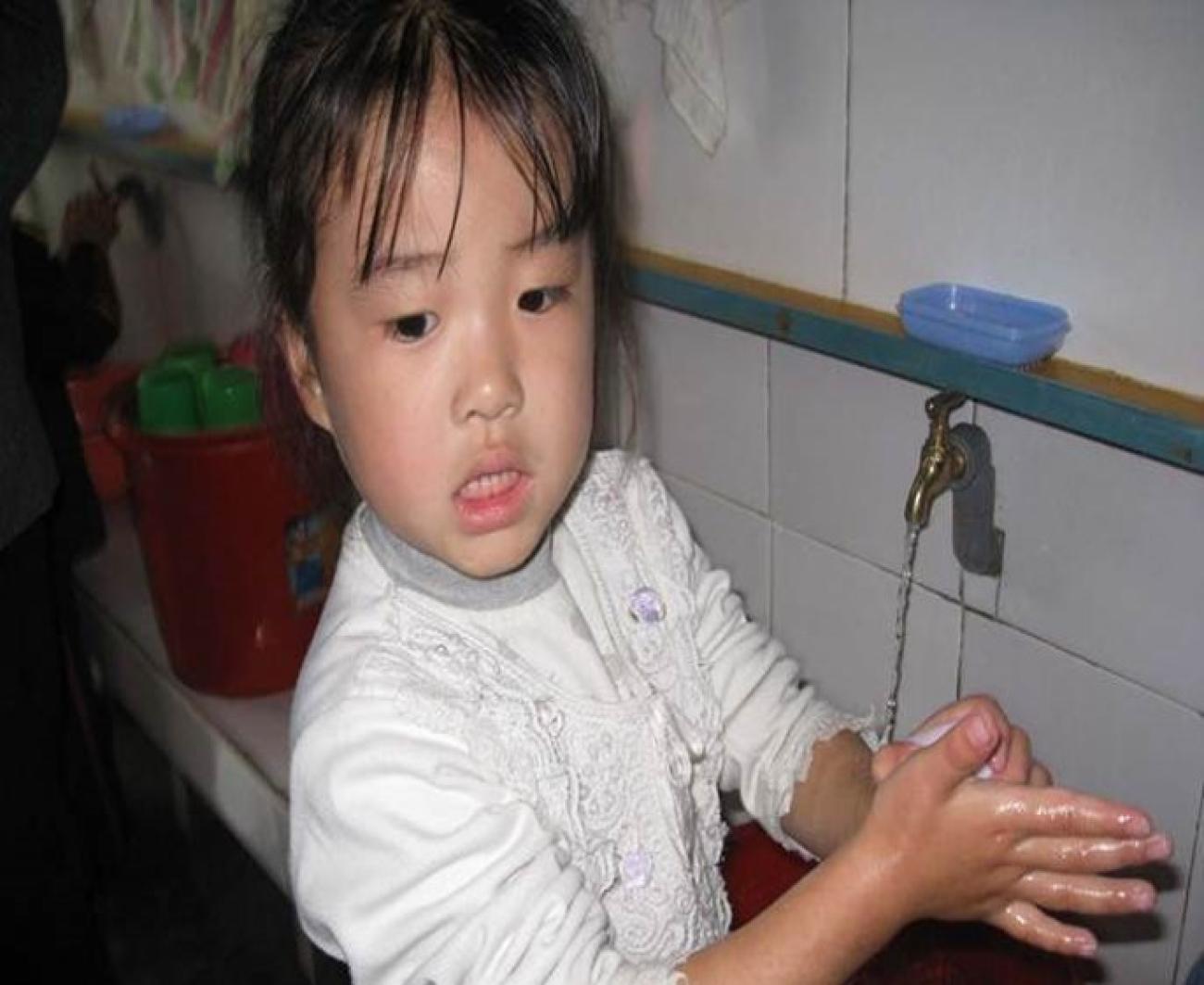The WASH group adopted the strategy of supporting communities in building gravity-fed water supply systems in favour of pumping systems.
The WASH SWG has adopted the strategy of supporting communities in building gravity-fed water supply systems in favour of pumping systems wherever applicable. In sanitation, safe management of excreta through awareness for improving existing excreta management practices including improvement of existing latrines (IEL) instead of constructing new expensive latrines is an adopted approach.
The DPRK managed to achieve extensive coverage of piped water supply systems in late seventies, predominantly by pumping surface water using electricity driven pumps and motors. However, this achievement could not be sustained due to low level of investment and shortage of electricity coupled with frequent natural disasters. As a result, despite of 89% (Census 2008) population with access to piped networks as their main source of drinking water – nationally 22 % people above the age of 15 years collect water from outside, often from unprotected sources (the actual percentage of families needing to fetch water could be much higher). There is clear urban – rural disparity as 29% of rural population fetch water compared to 18% urban. In this regard, the Government has also realised the need for accurate data on coverage and has agreed to conduct an assessment survey of water supply facilities. The pilot phase of this assessment is currently underway.
On sanitation, nationally 42% of families (MICS 2009) use traditional shallow pit latrines that need frequent evacuation: 17% of them use pit latrines without a squatting slab which is very hazardous. The evacuated material is applied as fertilizer in the vegetable gardens and community farms, often fresh faeces, causing huge public health risk by possible ground water contamination and exposure to pathogens and helminthesis in people’s environment. There is a significant gap in knowledge and practice with respect to hygiene education; according to MICS 2009, only two-third of mothers practice safe disposal of baby faeces. As a result of inadequate access to safe water, poor sanitation and poor hygiene practices, diarrhoea is still the 2nd biggest killer of U5 children in DPRK: 17% pneumonia and 11% diarrhoea.
Other participating organizations:


